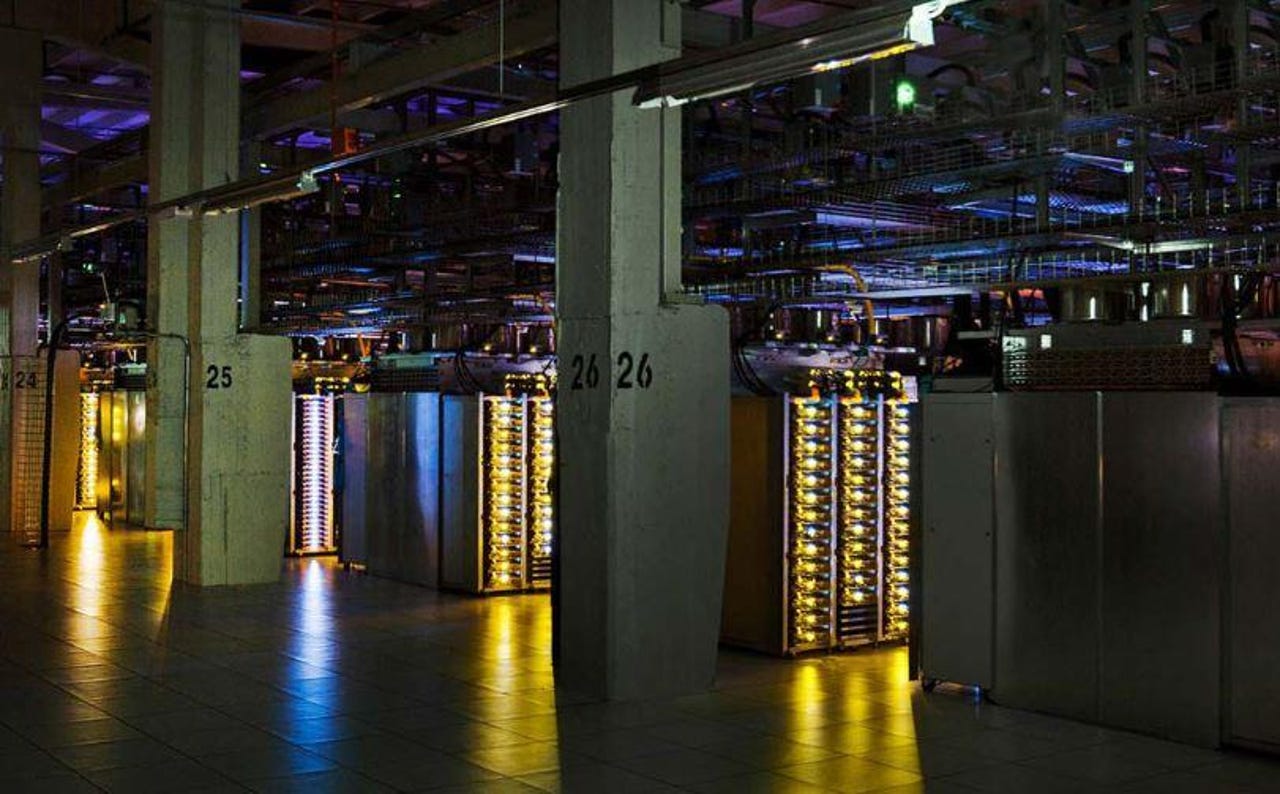Microsoft releases more open-sourced cloud datacenter components, specs


Microsoft is continuing to release more datacenter building blocks as open source as part of its Open Compute Project (OCP) work. Today, simultaneous with the kick-off of the OCP Global Summit, Microsoft provided updates on existing projects and took the wraps off some new initiatives where it plans to make contributions.
Microsoft joined the OCP n 2014, and is a founding member of and contributor to the organization's Switch Abstraction Interface (SAI) project. The OCP publishes open hardware designs intended to be used to build datacenters relatively cheaply. The OCP has already released specifications for motherboards, chipsets, cabling, and common sockets, connectors, and open networking and switches. Last year, Microsoft open-sourced its cloud-compression algorithm and optimized hardware implementation for cloud storage. Microsoft is contributing that algorithm, known as "Project Zipline," plus the associated hardware design specs and related source code to the OCP.
Microsoft is open sourcing its "Project Cerberus" source code and tools, including system processes, architecture, reference architecture and firmware source code. Microsoft officials have described Project Cerberus as a standard for a cryptographic microcontroller and the next phase of Project Olympus, its datacenter server design which the company also contributed to the OCP. Microsoft has deployed Project Olympus hardware in Azure with its Fv2 virtual machine family.
Officials said they are "looking forward to Project Cerberus-enlightened products coming to the market in 2020."
Last year, Microsoft jointly contributed with Facebook and Baidu the OCP Accelerator Module (OAM) specification to the OCP under the Open Accelerator Infrastructure (OAI) banner. The idea behind that contribution was to develop open, interoperable, modular infrastructure for emerging accelerators for artificial intelligence and high-performance computing. Last year, Microsoft also co-presented an early draft of the Datacenter-ready Secure Control Module (DC-SCM), which provides essential elements for a datacenter server motherboard, excluding CPU, memory slots and IO slots.
Microsoft is planning to contribute the DC-SCM/SCI base specification to the OCP, officials said today in Microsoft's blog post, and several original design manufacturers already are working to integrate DC-SCM into server solutions over time. Microsoft's next step will be to include the DC-SCM into the OAI specification as OAI-SCM.
Microsoft also is introducing the E.1S, which is a 1U and 2U chassis design optimized for Intel Cascade Lake-based and AMD Rome-based systems.
"We believe this new standard will help catalyze broader adoption across the enterprise by enabling smaller capacity increments and higher IOPS per GB, as well as easing cost constraints," officials said.
On the liquid cooling front, Microsoft is looking at how to extend this technology beyond current specific use cases, like bitcoin mining, to broader hyperscale cloud technology. Microsoft is working with OCP members, especially Facebook and CoolIT, to create standards for developing blind-mate Cold-Plate solutions for Project Olympus systems and Open Rack v3.
Finally, Microsoft also is working with ORv3 Power Shelf suppliers to deliver high-power racks and systems for global cloud infrastructure, officials said.
In other OCP-related news, Nokia announced today, May 12, that it would be collaborating with Microsoft on its SONiC ecosystem by delivering a chassis-based SONiC implementation. Microsoft contributed SONiC -- Software for Open Networking in the Cloud -- to the OCP in 2016. SONiC is a collection of Linux-based software networking components required to build network devices like switches.